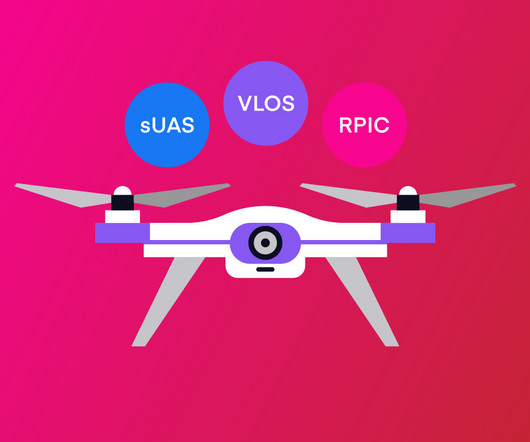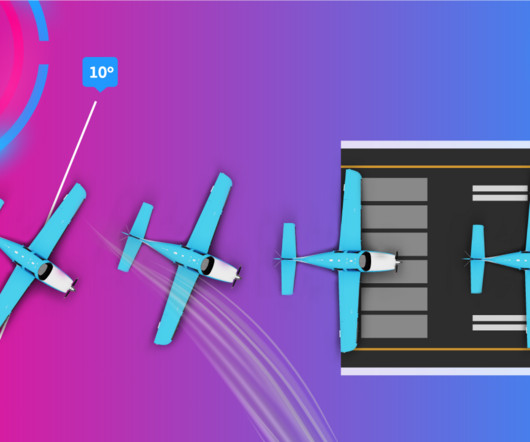Intolerable Risk: Dangerous Design behind the Washington DC Mid-Air Collision
Fear of Landing
MARCH 21, 2025
When an aircraft descends below 900 feet on final approach to land, TCAS stops issuing resolution advisories. On that evening, the Sikorsky UH-60L crew filed a flight plan for a night flight from Davison Army Airfield for the pilot’s annual standardisation evaluation with the use of night vision goggles.












Let's personalize your content